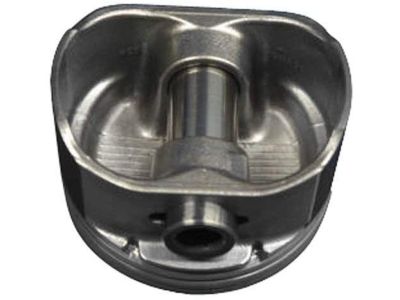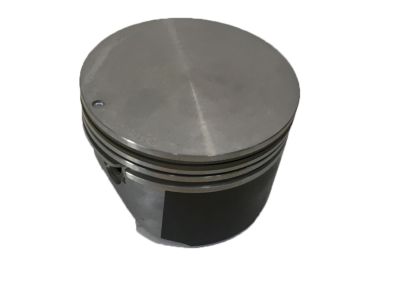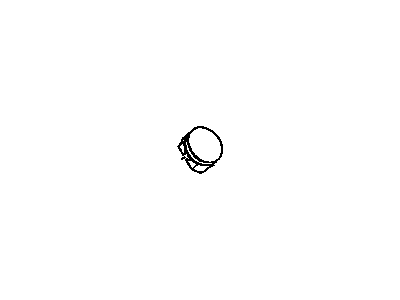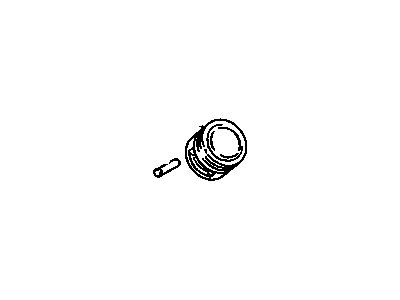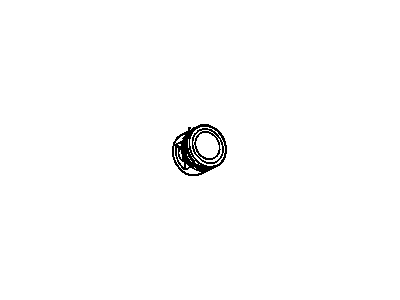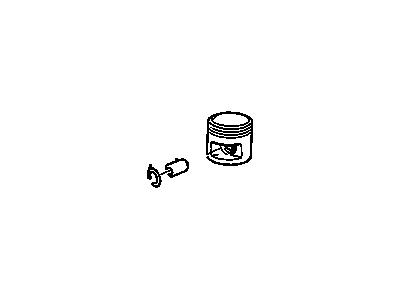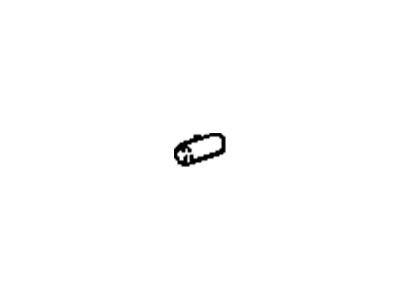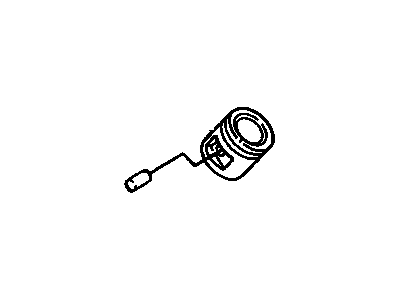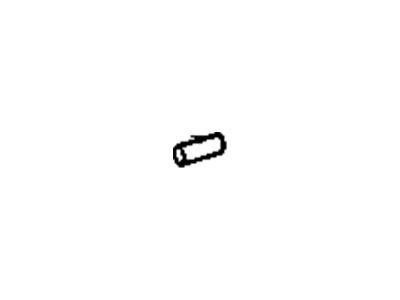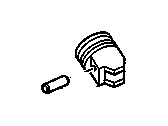
My Garage
My Account
Cart
Genuine Pontiac Grand Prix Piston
Engine Pistons- Select Vehicle by Model
- Select Vehicle by VIN
Select Vehicle by Model
orMake
Model
Year
Select Vehicle by VIN
For the most accurate results, select vehicle by your VIN (Vehicle Identification Number).
24 Pistons found
Pontiac Grand Prix Piston Asm,(W/ Pinion)
Part Number: 89060486$43.24 MSRP: $71.58You Save: $28.34 (40%)Ships in 1-2 Business DaysPontiac Grand Prix Piston Asm,(W/ Pinion)
Part Number: 89060483$144.44 MSRP: $198.60You Save: $54.16 (28%)Pontiac Grand Prix Pstn & Piston Pinion Asm
Part Number: 14102688$54.38 MSRP: $109.66You Save: $55.28 (51%)Pontiac Grand Prix Piston Asm,(W/ Pinion)
Part Number: 24505806$60.44 MSRP: $121.88You Save: $61.44 (51%)Pontiac Grand Prix Piston, (W/Pinion)
Part Number: 12539085$119.10 MSRP: $163.76You Save: $44.66 (28%)Ships in 1-3 Business DaysPontiac Grand Prix Piston Asm,(W/ Pinion)(0.020" Oversize)
Part Number: 12539086$43.95 MSRP: $279.78You Save: $235.83 (85%)Ships in 1-2 Business Days
| Page 1 of 2 |Next >
1-20 of 24 Results
Pontiac Grand Prix Piston
The Piston in Pontiac Grand Prix vehicles is one of the vital part of the internal combustion engine that facilitates the conversion of combustion power into the energy which is needed for the movement of the vehicle. With efficiency in the force transfer of expanding gases to the crankshaft, the Piston is premier suited to improve engine performance. Mainly made out of aluminum alloys and because of their application in the automobile industry, Pontiac Grand Prix Pistons use forged or billet designs in race cars. Various types of Pistons have been used in the series of Pontiac Grand Prix throughout the years including trunk pistons for Petrol and Diesel engines and side forces and oil rings. Besides, there are slipper pistons which are applied in high-speed petrol engines to improve the balance and performance. Crosshead and deflector pistons are available to meet the requirements of users in order that the Pontiac Grand Prix offer the stability and power users wish for.
Each OEM Pontiac Grand Prix Piston we offer is competitively priced and comes with the assurance of the manufacturer's warranty for the part. Furthermore, we guarantee the speedy delivery of your orders right to your doorstep. Our hassle-free return policy is also in place for your peace of mind.
Pontiac Grand Prix Piston Parts Questions & Experts Answers
- Q: What steps must be taken before removing the piston and connecting rod assemblies on Pontiac Grand Prix?A:Prior to removing the piston and connecting rod assemblies, the cylinder head(s), oil pan, and oil pump must be taken off, depending on the engine type. First, use your fingernail to check for any ridges at the upper limit of ring travel, which is about 1/4-inch down from the top of each cylinder. If ridges are present due to carbon deposits or cylinder wear, they must be completely removed with a ridge reamer before attempting to remove the pistons to avoid breakage. After removing the cylinder ridges, turn the engine upside-down with the Crankshaft facing up. Before removing the connecting rods, check the endplay using feeler gauges; if the endplay exceeds the service limit, new connecting rods may be necessary. Ensure the connecting rods and caps are marked for identification, and if not, use a center-punch to create indentations. Loosen the connecting rod cap nuts gradually until they can be removed by hand, then take off the number one connecting rod cap and bearing insert without dropping the insert. To protect the crankshaft journal and cylinder wall during piston removal, slip a short length of plastic or rubber hose over each connecting rod cap bolt. Remove the bearing insert and push the connecting rod/piston assembly out through the top of the engine, using a wooden or plastic hammer handle if needed. Repeat this process for the remaining cylinders. After removal, reassemble the connecting rod caps and bearing inserts in their respective rods and install the cap nuts finger tight to prevent damage to the bearing surfaces. It is important not to separate the pistons from the connecting rods.
Related Pontiac Grand Prix Parts
Browse by Year
2008 Piston 2007 Piston 2006 Piston 2005 Piston 2004 Piston 2003 Piston 2002 Piston 2001 Piston 2000 Piston 1999 Piston 1998 Piston 1997 Piston 1996 Piston 1995 Piston 1994 Piston 1993 Piston 1992 Piston 1991 Piston 1990 Piston 1989 Piston 1988 Piston 1987 Piston 1986 Piston 1985 Piston 1984 Piston 1983 Piston 1982 Piston
